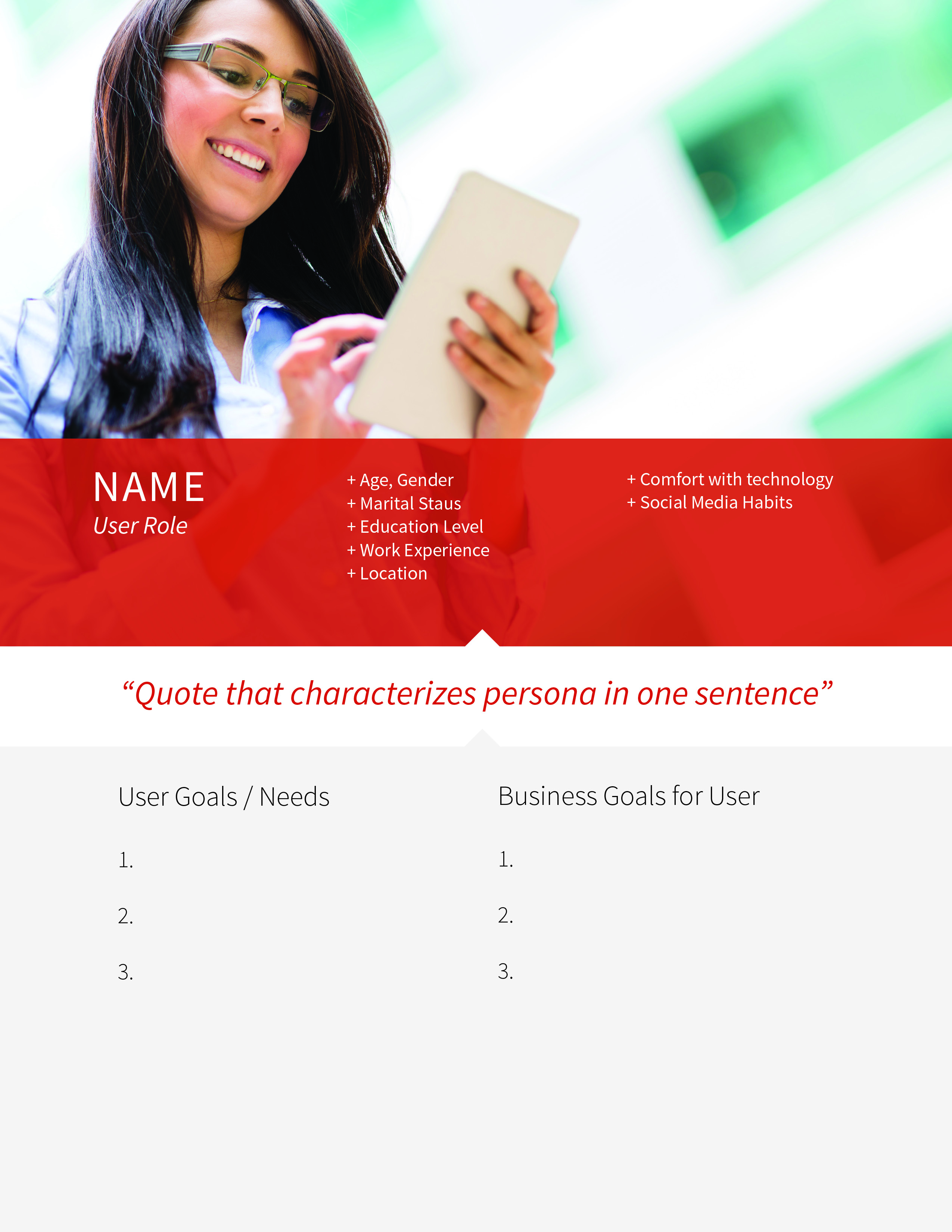User-Centered Design: User Personas vs. User Stories

In my last post, Content Strategy is the New Black, I walked through the process of planning for the creation, delivery and maintenance of web content and alluded to its crucial role in User Experience and User-centered Design. But, if you’re new to User Experience and/or Content Strategy (and let’s face it – with both being relatively new-ish to the web scene – you most likely are) then there are probably some parts of the methodology causing confusion. No stranger to this, for my next article, I wanted to explore something that I found a bit baffling at the start of my UX journey: what’s the deal with User Personas and User Stories, is there a difference?
At this point in the process, you’ve conducted your interviews and are ready to dive deeper into the research and analysis phases of your website Content Strategy…enter User Personas.
Let’s start with the basics.
A User Persona is a fictional representation of a group of users of your website. Once created, User Personas are a beneficial tool for designers and developers alike as they aid in gap analysis, define site functionality and unearth potential opportunities.
Your Personas will be formed from a mixture of user research, stakeholder interviews, site analytics and brainstorming sessions. It’s important to note that Personas shouldn’t be developed in a bubble; it will be a team effort with the inclusion of the client, in order to foster ideation as well as stakeholder buy-in.
So, what do they look like?
Let me preface this by saying that no two User Persona templates are the same (or are right or wrong) and many times the characteristics included will vary from project to project. However, there are a few standard elements that should always be included:
• Name | That’s right, your Persona needs to feel as “real” as possible, and your team will be referring to them throughout the design process by their given name.
• Photo | We’re huge proponents of shutterstock, but that doesn't mean you can’t draw your own (for the artistically inclined)!
• Age, Gender, Marital Status
• Education Level
• Occupation / Work Experience
• Location
• Comfort with Technology
• Quote | Can you describe this user in a sentence?
We also like to incorporate the Persona’s goals and needs in relation to using the website as well as any business goals that correspond to each Persona. Here’s our User Persona template to get your creative juices flowing: Function1 User Persona Template:

The best User Personas are realistic enough to make your team feel like they “know” that user. As I mentioned before, these will be used as a tool throughout the site building process to make design and development-based decisions. Throughout the project, you’ll have team members asking themselves (and each other) if “X” is a function or design aspect that would resonate with “Jack” or “Diane.” While it’s impossible to develop a Persona for every single potential site user, it’s a best practice to create 3-5 Personas with all major characteristics acknowledged.
With the increasing importance of Web Accessibility, don’t forget to consider establishing personas with long or short-term disabilities that may affect the design and functionality of your site.
What about User Stories?
Well-crafted User Personas highlight who your users are, while User Stories examine what they do. Wait, rewind...what is a User Story? User Stories are 1-2 sentences that describe a Persona completing a task on your site to accomplish a specific goal.
As with User Personas, every organization develops User Stories differently. However, a typical User Story utilizes the following structure:
As a <User Persona> I want to <Goal> so that <Benefit>.
Some UX groups recommend developing User Stories as a team on index cards to promote ideation, however if your company consists of many virtual consultants, like Function1, a living document like a Google Sheet can also do the trick.

Once you’ve completed drafting them, your User Stories will aid in the creation of your project's technical requirements, as they focus on specific functions that should be created in order to ensure the site is User-Centered.
The Bottom Line
In order to design an exceptional user experience, you have to really understand your users and the creation of User Personas and User Stories are integral to this process. While these may seem time-consuming, completing both will serve as a basis for the design and development of your project and can potentially save you from a redesign in the long run. If you're interested in exploring further, I'll leave you with a few resources that I found helpful in my quest to build valuable User Personas and User Stories:
- Log in to post comments

